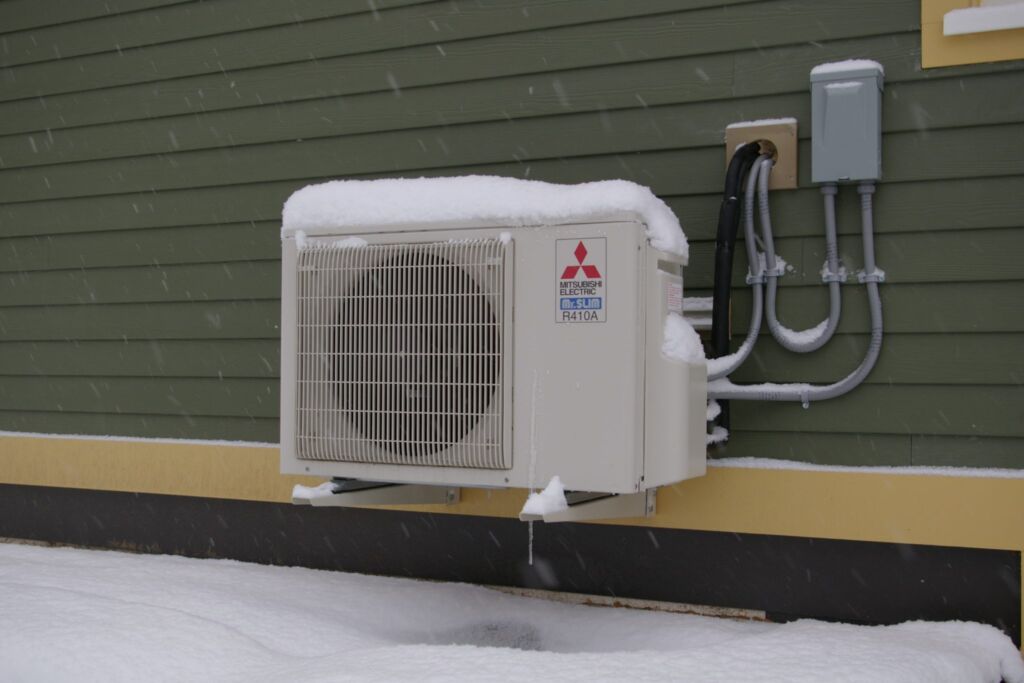
Guest Author: Michelle West
It’s understandable why some people would think that the bigger the heating or cooling system, the more comfortable you and your family would be. After all, bigger HVAC units are more powerful, and therefore more capable of providing the best possible heating and cooling, right? There are also people who buy systems that are small for the size of their home, believing they would be able to save money on energy because of the smaller capacity and supposedly lesser power usage.
This kind of thinking is all right, that is, if you enjoy getting higher energy bills, shortened HVAC system life, having to repair your system or buy a new one more often, and have a less comfortable home because temperature and/or humidity issues.
As far as HVAC systems are concerned, bigger isn’t necessarily better, and going small won’t do you any good either. In this universe, the only way to go is to right-size your HVAC system to reduce your utility bill, extend the life of your HVAC system, and make everyone comfortable at all times. Right sizing must include understanding the thermal envelope and doing advanced calculations. You can’t achieve the optimal right size system by simply applying the HVAC industry’s Manual J recommendations.
The problem with oversized HVAC systems
For all the power that oversized HVAC systems possess, they don’t cool or heat any given space as well as they should. That’s because they heat and cool rather quickly, then the compressor and often ventilation fans shut off. This repeated on/off action is called “short cycling.”
A short cycling HVAC system leads to poor air circulation, which, in turn, leads to stale, stuffy, and more humid air in your home. Over time, all this short cycling results in pollutant buildup and possibly mold growth in your home. Worse, an oversized unit causes all these problems, it uses more energy (than if it runs longer to achieve its optimum on/off cycle), and shortens the life of your system.
Plus, larger HVAC systems cost more than smaller ones. So, an oversized system will cost more to buy, be more expensive to repair and need to be replaced sooner. The bottom line is an oversized HVAC system is bad news for you anyway you look at it.
The problem with undersized HVAC systems
Think of installing an undersized HVAC system as bringing a compact car to a monster truck arena. Your heating or cooling unit is just too small for your home. It could leave your home too warm or too cold if the system isn’t large enough. Plus, even if it can heat or cool your home sufficiently, it will have to work so much harder than it is designed to, and it will take longer to heat your home when cold, or cool your home when hot. Worse, working overtime, outside of your system’s ideal cycle length, can damage an undersized HVAC system and lead to avoidable repairs and replacement.
Your home’s envelope matters
It should be noted that for green energy efficient homes with properly built envelopes (the part of your home that stops air and moisture infiltration, and is insulated) HVAC systems that would be considered a bit too small for a non-green home are typically the optimum system. So, make sure your home’s envelope is part of the sizing calculations for your system.
What is HVAC right-sizing?
Simply put, right-sizing your air conditioner is all about choosing an HVAC system that is properly-sized for your home after taking into account the size and configuration of your house, its orientation, window locations, air tightness and insulation levels of its thermal envelope, climate, number of occupants, type of duct work, and several other factors. Special calculations need to be conducted to determine which size system would best meet the heating and cooling needs of your home.
Determining if your HVAC system is properly-sized
If you have an existing HVAC system and you want to know if it’s the right size, the simplest way to do it is to see how long your current air conditioner runs, that is, if your unit is still in good shape. Doing this test will be pointless if your HVAC system is old and already on its last legs.
Turn your HVAC system on, and see how long it runs before it shuts off. If it shuts off within 5 to 10 minutes, there is no doubt it’s oversized. For your HVAC system to be closer to the proper cooling or heating load, it should run for more than 30 minutes before shutting off. But except for ventilation fans, it should not run continuously with few and only short off cycles.
For new homes, your HVAC contractor will likely refer to Manual J, the heating and cooling load calculation protocol developed by HVAC industry engineers to size cooling and heating equipment more accurately. Manual J has been in use for decades and is a crucial factor in the load calculation process.
Another and better way to size your HVAC system is to carefully and expertly engineer every aspect of the HVAC system. For custom homes and green homes, this is the best way to go since green homes and custom homes often have aspects of their construction that are not always accounted for in Manual J.
Unless you’re fortunate enough to buy a house from a home builder that makes it a point to size its HVAC systems properly before selling, you must make sure your builder’s HVAC contractor tries to help you get a cooling and heating system that is the right (perfect) size. Ask your home builder how the builder’s HVAC contractor plans to right-size your HVAC. If all your builder says is he will base it on the size of your house, you’re better off finding a new builder. As mentioned earlier, there are factors that affect load calculations, and home size is just one of many.
Right-size your HVAC now
We understand that it wouldn’t be easy to replace an existing HVAC unit that is oversized or undersized but is otherwise in good condition. After all, a new unit means making a significant investment on your part. However, the benefits of right-sizing your HVAC now are sometimes too great to ignore, especially if your system is way too big or way too small or old enough that replacing it now is not unreasonable for the benefits you get.
With the way HVAC system right-sizing improves efficiency, lowers system repairs, helps prolong unit life, and provides better heating and cooling comfort, you will be able to save more money in the long run.
About this Guest Author: Michelle West is the Content and Engagement Manager for Precision Air & Heating and New AC Unit.

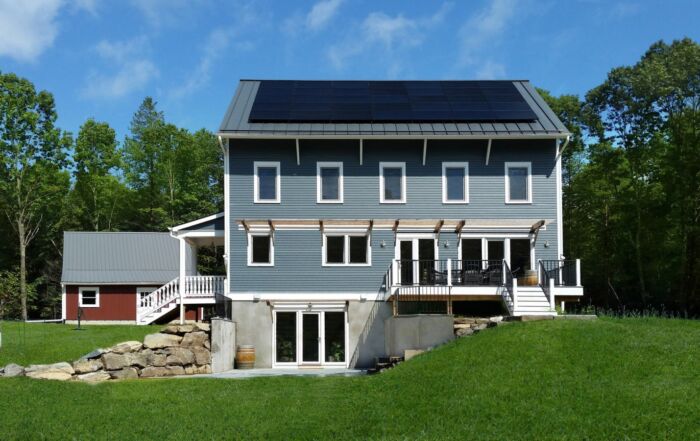
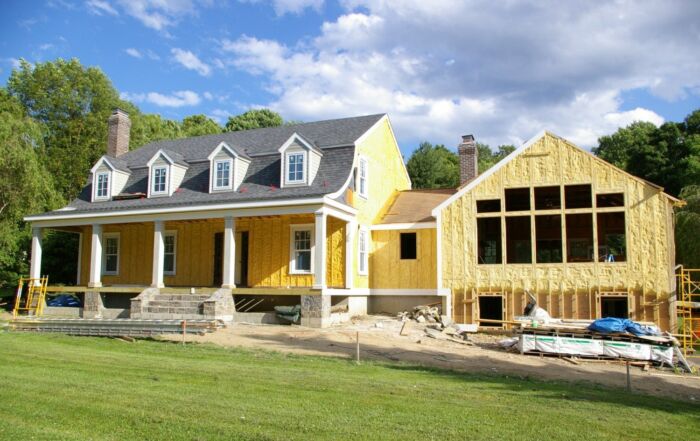
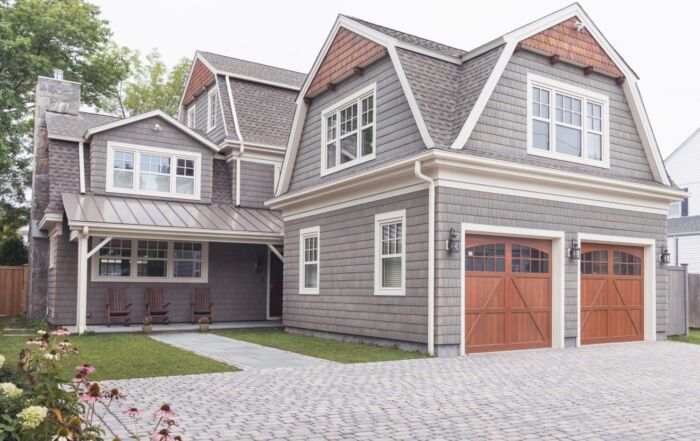
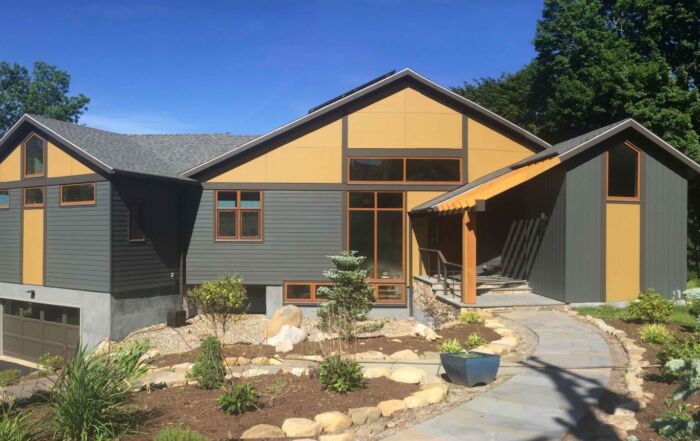


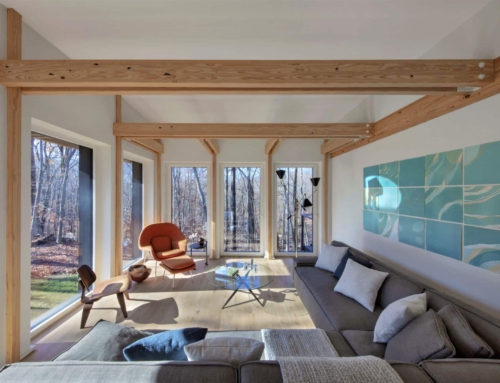
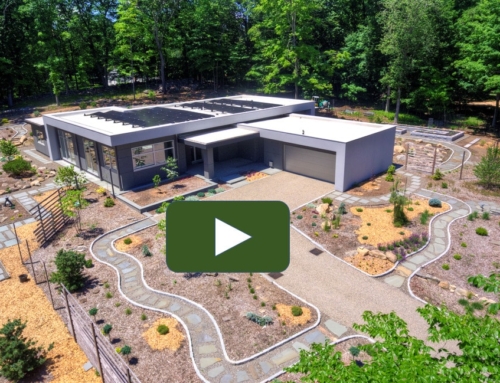

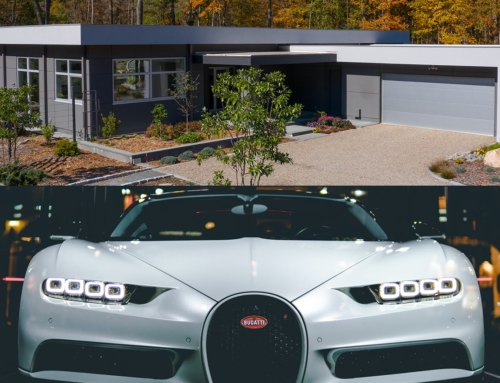
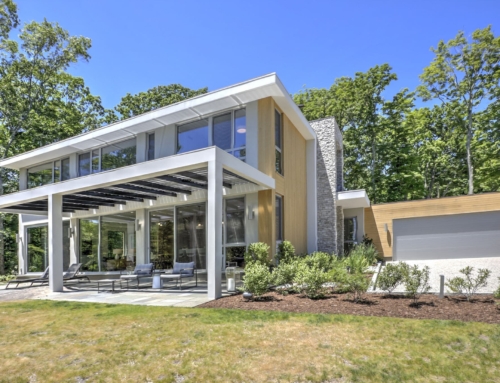
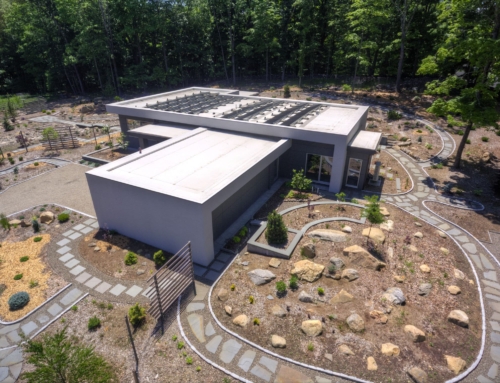

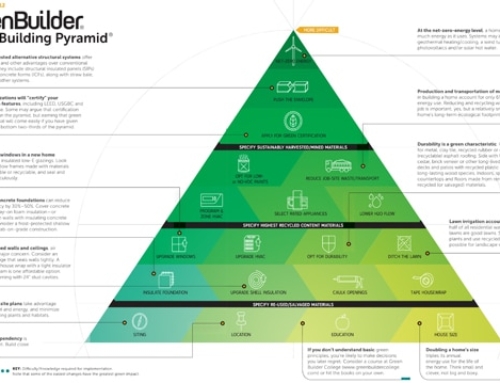
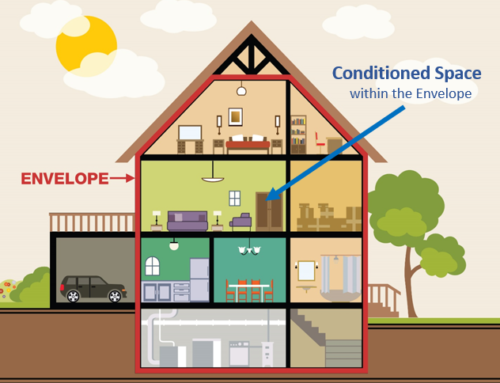
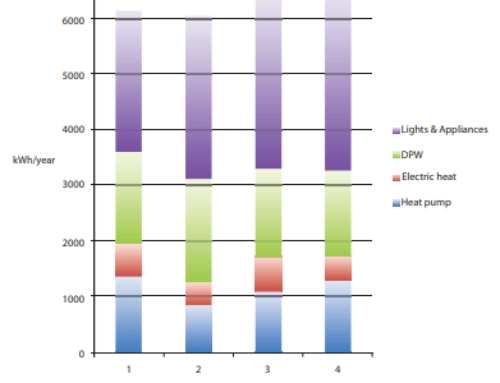

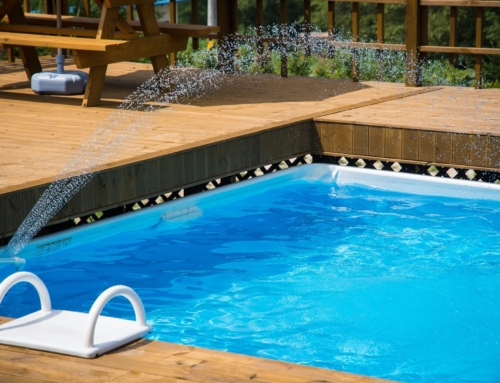

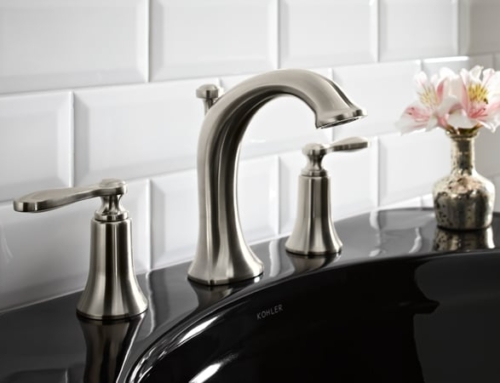
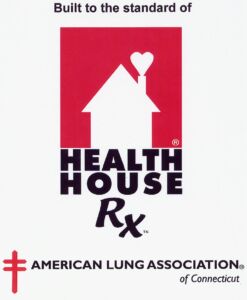
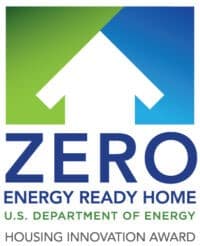

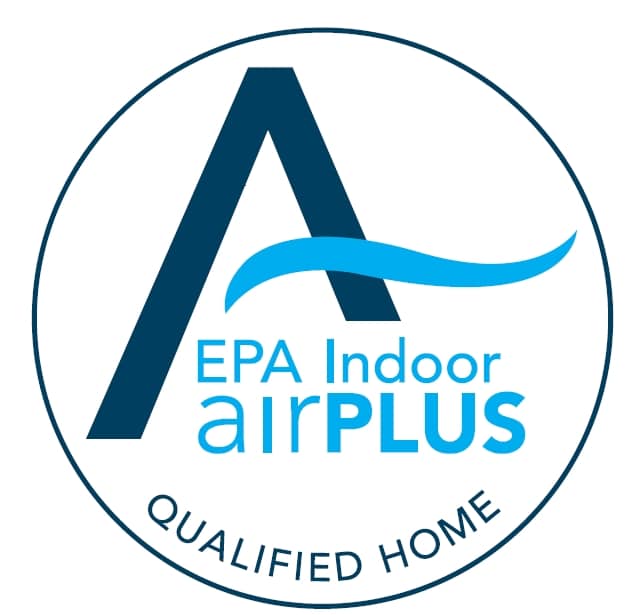
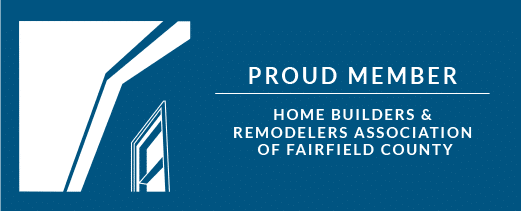








Get Social